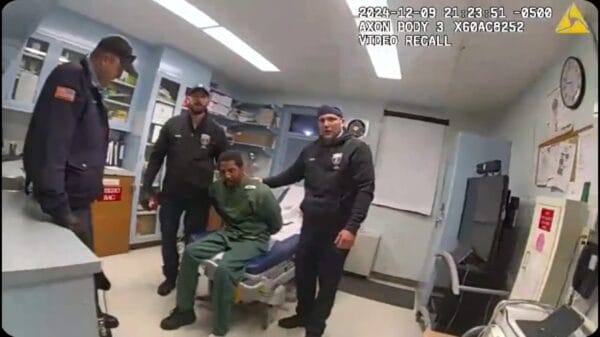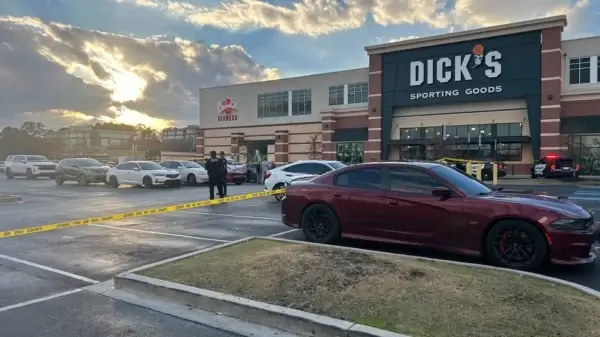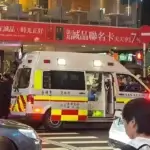Nearly five years since pipe bombs were discovered near the political party headquarters in Washington, D.C., the Federal Bureau of Investigation (FBI) still has not identified the individual responsible. A sweeping investigation involving dozens of agents, thousands of hours of video, phone-and-credit data analysis and component tracing failed to tie any suspect conclusively to the devices. The case remains one of the most enduring puzzles from the Jan. 6, 2021, Capitol assault, revealing both the scale of the effort and the limitations of law enforcement in tracing the bomber.
Massive Digital Dragnet Yields No Breakthrough
Investigators deployed more than 50 agents and spanned multiple U.S. states in the hunt for the bomber. Key steps included mapping phone tower data, issuing subpoenas to retailers for bomb component purchases, and studying surveillance footage of a hooded figure placing devices near both the Democratic National Committee (DNC) and Republican National Committee (RNC) buildings. One major lead involved a unique pair of sneakers—about 23,000 pairs sold nationwide—that matched what was seen in security video, yet the trail led nowhere.
Despite exhaustive data from credit cards, geolocation tags and store transactions, investigators were unable to link any one person to all the required elements—phone in the area, matching purchase of bomb materials, and a clear image match.
Conspiracy Theories and Accusations Complicate the Case
The unresolved nature of the investigation has spawned persistent claims and conspiracy theories alleging a cover-up or inside involvement. One circulating allegation pointed toward a former Capitol Police officer based on gait analysis, but officials and the Justice Department rejected the claim outright.Bureau officials say solving the case remains a top priority, but the prolonged timeline has raised questions about resource allocation and public transparency.
Next Steps: Tips and Technical Clues Still Sought
Although the trail has grown cold in some respects, investigators continue to monitor tips and new digital leads. The FBI has maintained a reward for information and is still scanning video footage and data for previously overlooked clues. As officials renew appeals for help, the case highlights the evolving challenges in combining traditional investigative work with the massive volumes of data modern law-enforcement operations must navigate.

















































